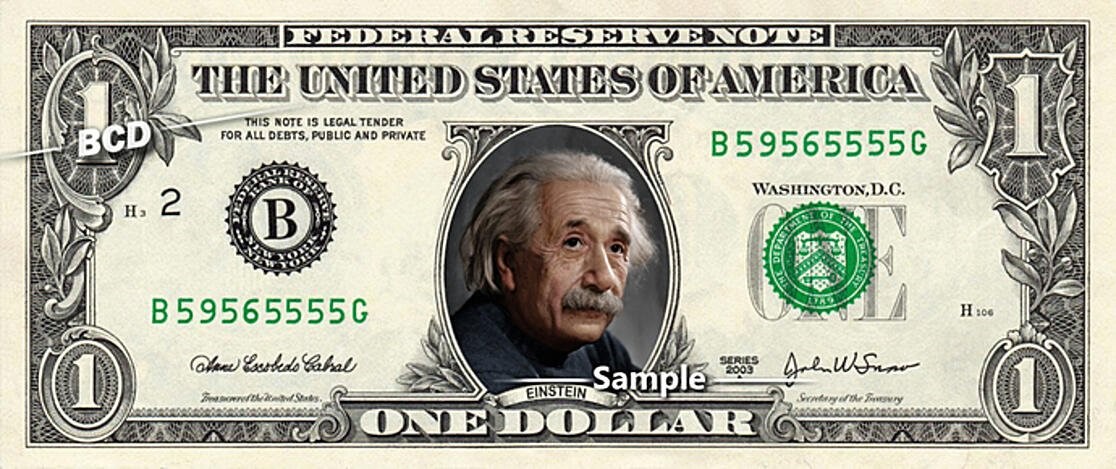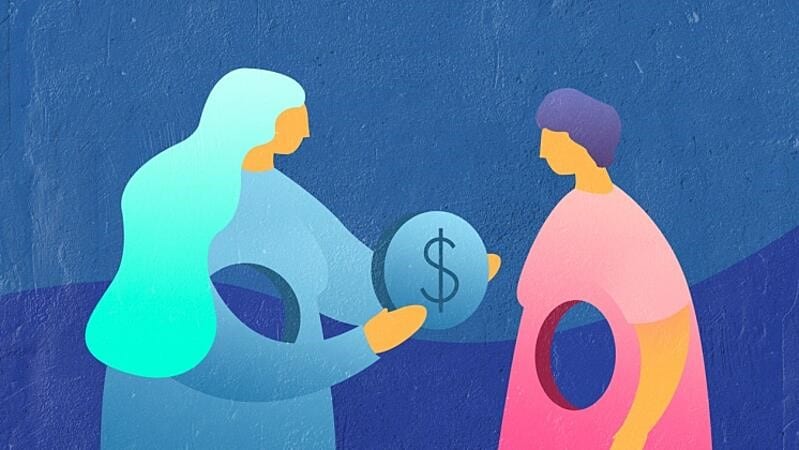Pie Charts Are Your Friend?

|
Many of us are over-saving and under-living. The reality is that around half of today’s retirees have more savings than they will ever need - some even doubling their money over the course of their retirements. • Social Security is not going broke. • Inflation is not going to bankrupt you. • Medicare covers more than you realize. • Your savings may go further than you think. • You don’t need a million dollars to retire. Have FUN. You’ve earned it.

|

If you’ve been reading my articles each week, by now, you know that I believe in the incredible power of the stock market. I’ve spoken, at length, about how investing in the stock market is essential to your long-term financial well-being.
I’ve also spoken about how no one knows what the markets are going to do. No one. Anyone you see on TV or any article you read on the internet is pure conjecture. They are guessing. They might as well be using a crystal ball. In the short term, no one has ever had the ability to diagnose the markets. Don’t let them derail you.
I can’t believe I am doing this but…..
Now I am going to make a big prediction.
Are you ready?
The markets will double during this decade.
Have I completely lost my mind? Are you sitting at the screen, staring in disbelief? It’s ok. I understand. But let me make a very logical argument why this prediction has a good chance of coming true.
I like to think of myself as somewhat of an economic historian. So let’s take a look at the past century.
From 1920 to 1930 the Dow Jones rose from 107 to 244 points. You may notice that the points more than doubled. They actually increased by 128%. So my prediction would have come true.
Let’s look at all the other decades.
1930’s, the Dow went down from 244 points to 151 (or a 38% loss) 1940’s, the Dow went up from 151 points to 198 (a 31% gain)
1950’s, the Dow went up from 198 points to 679 (a 242% gain) 1960’s, the Dow went up from 679 points to 809 (a 19% gain) 1970’s, the Dow went up from 809 points to 824 (a 2% gain) 1980’s, the Dow went up from 824 points to 2801 (a 239% gain) 1990’s, the Dow went up from 2801 points to 11,357 (a 305% gain) 2000’s, the Dow went down from 11,357 points to 10,583 (a 7% loss) 2010’s, the Dow went up from 10,583 points to 28,868 (a 172% gain)
“But Dave,” you may be saying to yourself, “there are a lot of decades where the markets did not go up by 100%. How can you say my money would double in a single decade?”
I have two words for you: dividends and compounding interest. Actually, I guess that’s four words.
You see, when you look at the S&P 500 and Dow Jones the percentage changes do not include the dividends.
Let’s take a look at the 1940s. At first glance it is not particularly exciting. A 32% increase over an entire decade is only 3.2% per year.
But those stocks were also paying out dividends which are not included in the point increase.
In the 1940’s the average dividend across all the companies in the Dow was 4.7%. That is a very big deal. The actual amount of money an investor would have made was: 3.2% stock price growth plus 4.7% dividend per year is 7.7% per year.
Then we come to compounding interest. There is an often-told story that when Albert Einstein was once asked what mankind’s greatest invention was, he replied: “Compound interest.”
Compounding interest is the idea that your money makes money on the money that it made.
Let’s say:
Year 1: 10% investment return on $100 is $110.
In the 1940s, 7.7% compounding over 10 years is a 110% increase. Your money would have doubled.
If you include dividends and compounding interest, the only decades where your money would have not doubled were the 1930’s and the 1970’s and the 2000’s.
So you would have doubled your money in seven of the last ten decades.
You would have only lost money during the 1930’s (The Great Depression).
So will my prediction come true? Will your money double in this decade? It certainly isn’t a guarantee but I still like my chances. (I’m also taking advantage of the fact that the markets are up 29% since January 1st, 2020- not including dividends or compounding interest).
Be Blessed,
Dave |

|

|

|